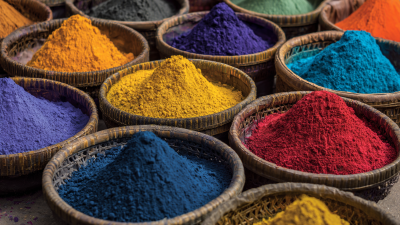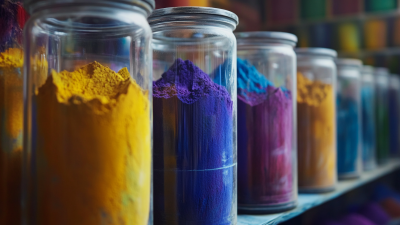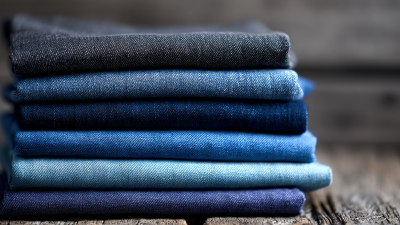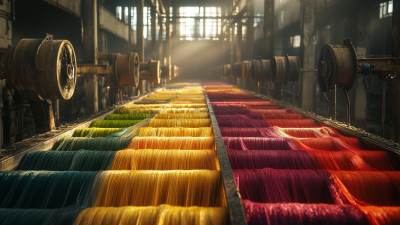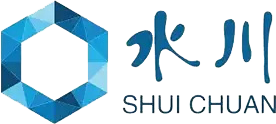In the textile industry, the demand for vibrant and durable color solutions has led to the widespread use of Sulphur Dyes, which have become increasingly popular due to their excellent colorfastness and eco-friendly characteristics. According to a report by Mordor Intelligence, the global dye market is projected to reach $35.4 billion by 2025, with sulphur dyes accounting for a significant share owing to their low cost and versatility in application. These dyes are particularly celebrated for their ability to produce deep, rich colors on cotton and other cellulosic fibers, making them ideal for denim and other heavy fabrics. Understanding the characteristics and applications of Sulphur Dyes is crucial for textile manufacturers looking to meet the growing consumer demand for high-quality and sustainable products. This blog will explore the essential properties of Sulphur Dyes, their diverse applications, and practical tips for their effective use in textile production.
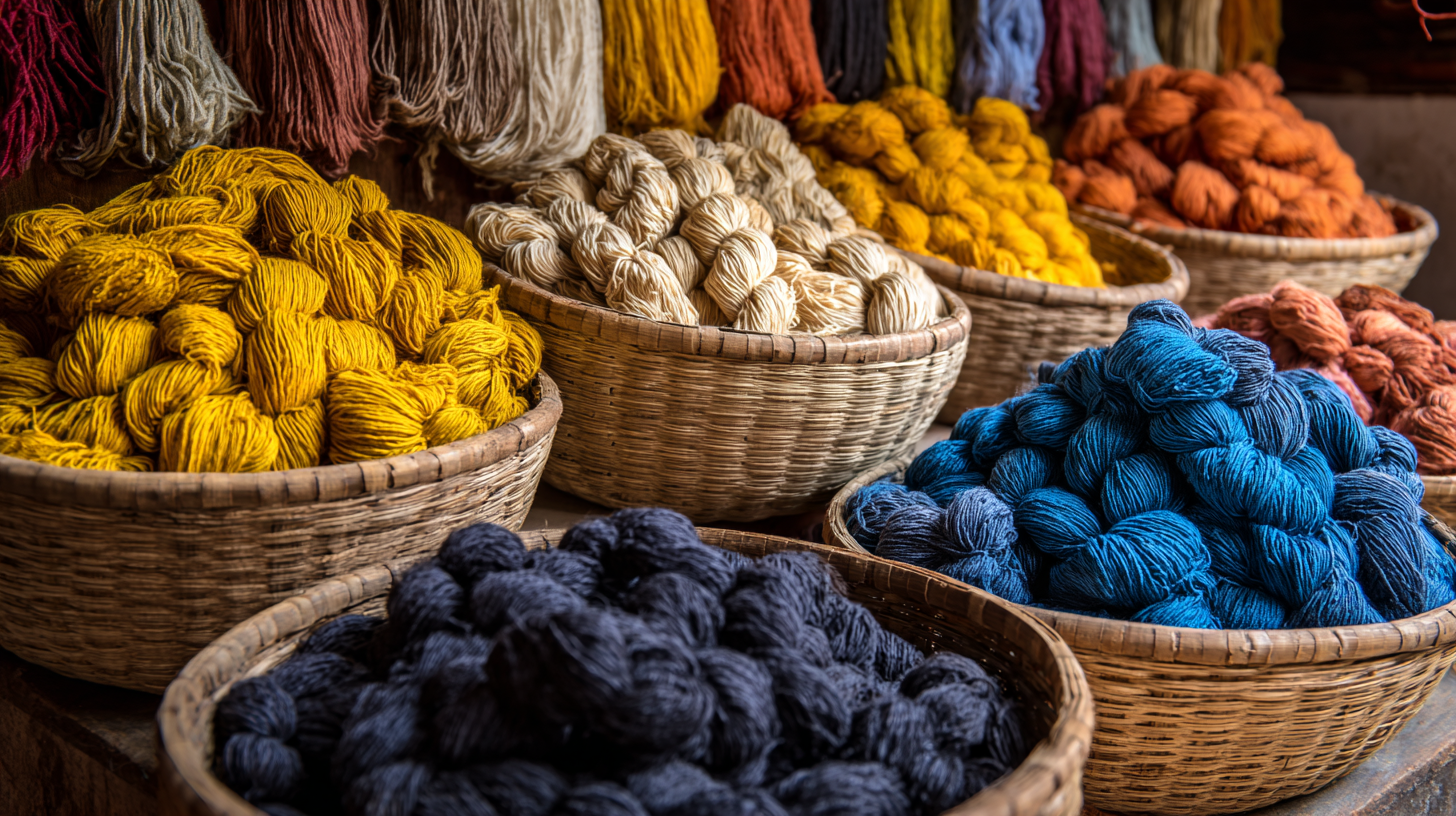
Sulphur dyes have gained considerable attention in the textile industry due to their unique characteristics that make them particularly suitable for fabric coloration. One of the key traits is their excellent fastness properties, particularly to light and washing. This durability ensures that fabrics dyed with sulphur dyes retain their vibrant colors even after multiple washes, making them a favorite for everyday garments. Additionally, these dyes exhibit a high level of compatibility with various fiber types, especially cotton, allowing for a broad application across different textile products.
Another important characteristic of sulphur dyes is their cost-effectiveness. They are relatively inexpensive compared to other dye classes like reactive or vat dyes, making them a viable option for large-scale production. The application process is also straightforward, typically requiring less water and energy, which contributes to more sustainable manufacturing practices. Moreover, sulphur dyes can achieve a wide range of color shades, from deep blacks to bright hues, offering versatility to designers and manufacturers alike. As the textile industry continues to seek eco-friendly and efficient dyeing solutions, the characteristics of sulphur dyes position them as an ideal choice for various applications in fabric and garment production.
Sulphur dyes have gained popularity in the textile industry for several compelling reasons. First and foremost, their excellent lightfastness makes them a preferred choice for manufacturers. According to a recent report by Research and Markets, over 70% of textile manufacturers prioritize color fastness when selecting dyes, and sulphur dyes meet this criterion effectively. This durability ensures that garments maintain vibrant colors even after multiple washes, which is crucial for both consumer satisfaction and brand reputation.
Additionally, sulphur dyes are known for their cost-effectiveness. Compared to traditional dyeing methods, sulphur dyes require lower amounts of water and energy, aligning with the industry’s push towards sustainable practices. A study by the International Journal of Clothing Science and Technology indicated that using sulphur dyes can reduce water consumption by up to 30%, making them an environmentally-friendly option as well. Furthermore, sulphur dyes offer a diverse color palette that can cater to various fashion trends, enabling brands to create unique products that resonate with consumer preferences. This adaptability ensures a steady demand in a rapidly evolving market.
Sulphur dyes are essential in the textile industry, primarily due to their unique properties and versatility. One of the top applications of sulphur dyes is in dyeing cotton fabrics, where they exhibit excellent wash-fastness and are significantly cost-effective. According to a report by ResearchAndMarkets, the global cotton dyeing market is projected to reach USD 3.1 billion by 2025, showcasing the increasing reliance on reliable dyeing methods, of which sulphur dyes are a crucial component.
Another vital application of sulphur dyes lies in the dyeing of denim fabrics. Denim's intrinsic toughness and the method of sulphur dyeing create a unique combination that results in a rich, vintage finish. As per a recent study by Mordor Intelligence, the denim dyeing segment is expected to grow at a CAGR of 5.3% over the next few years, indicating the demand for consistent and durable dyes like sulphur. Additionally, sulphur dyes are popular in producing vibrant shades for synthetic fibers, which allows manufacturers to meet the fast-evolving fashion trends. The flexible nature of sulphur dyes in various concentration levels empowers textile producers to achieve the desired color depth while maintaining fabric integrity, making them indispensable in modern textile processing.
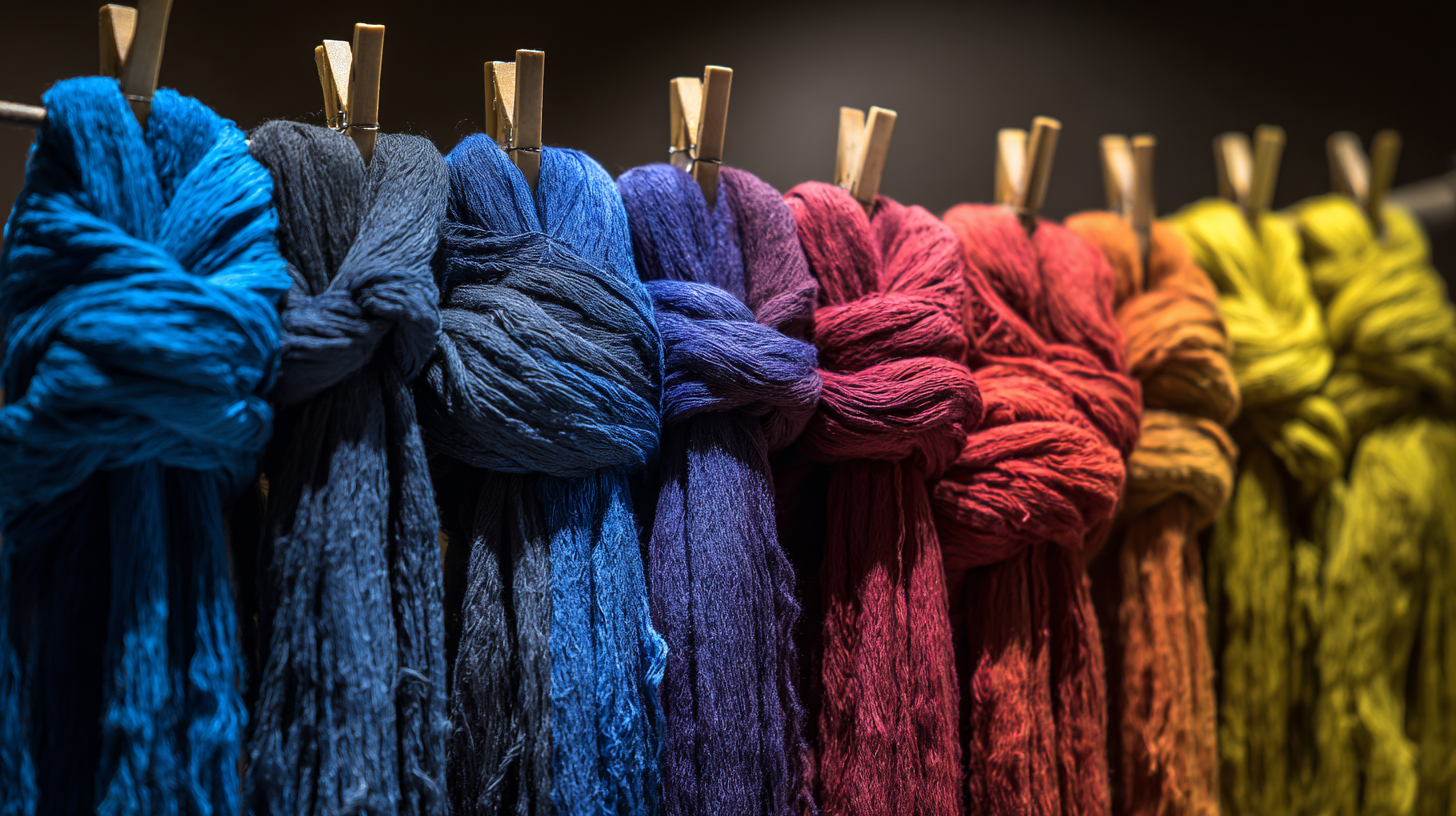
Sulphur dyes are widely used in the textile industry due to their vivid colors and cost-effectiveness. However, their environmental impact cannot be understated. The production and use of sulphur dyes generate significant waste, including harmful by-products that can contaminate water sources.
This contamination poses serious risks to aquatic ecosystems and can affect biodiversity. Manufacturers must be vigilant in managing these waste products to mitigate environmental damage.
Tip: Opt for closed-loop systems in dye production to recycle water and reduce waste. Implementing such systems not only helps in minimizing pollution but also lowers operational costs.
Furthermore, the application of sulphur dyes often requires the use of harsh chemicals during the dyeing process, contributing to air and soil pollution. The improper disposal of these chemicals can lead to long-term soil degradation and have detrimental effects on surrounding flora and fauna. Transitioning to more sustainable practices and alternatives can significantly ease these environmental burdens.
Tip: Consider using bio-compatible dyes or natural alternatives where possible, as these options often have a lesser environmental impact and promote sustainability in textile manufacturing.
When exploring the world of textile dyes, sulphur dyes stand out for their unique properties and advantages. These dyes, known for their excellent light and wash fastness, offer vibrant colors that are particularly suited for dark fabrics. One of the significant advantages of sulphur dyes is their production process, which is environmentally friendly compared to some synthetic counterparts. Unlike reactive and direct dyes that require additional chemicals during application, sulphur dyes can be applied using a simpler method that reduces overall water and chemical usage.
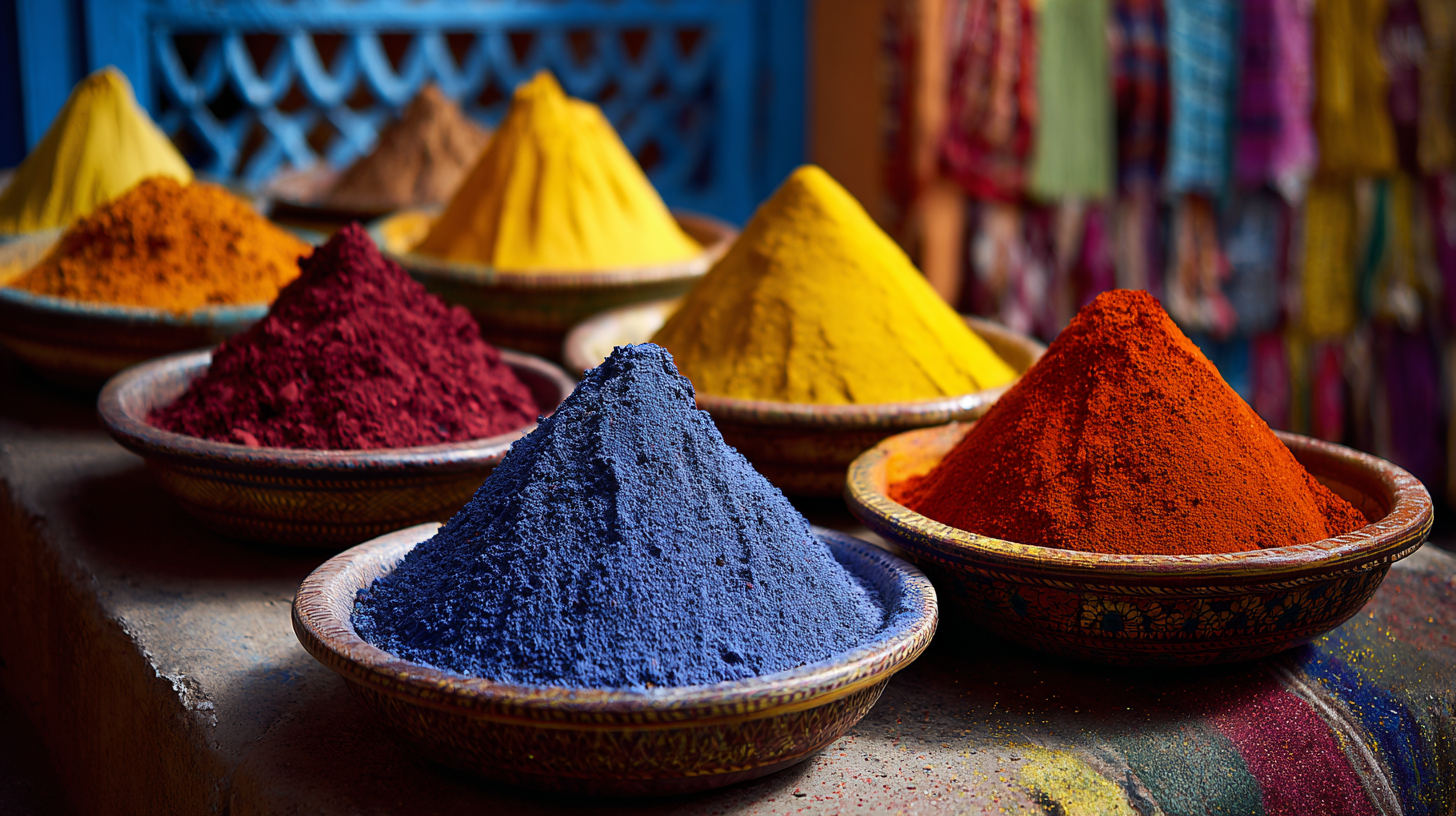
In comparison, reactive dyes are renowned for their vivid hues and versatility in dyeing a wide range of fabrics, including natural fibers. However, they often require more complex fixing agents and can pose challenges in wastewater treatment. Direct dyes, though easy to apply, generally offer lower fastness levels, making them less suitable for garments requiring durability. In contrast, sulphur dyes not only achieve deep shades but also provide long-lasting performance, making them a popular choice among textile manufacturers seeking quality and sustainability. As the textile industry continues to evolve, the application of sulphur dyes remains a compelling option for efficient and environmentally considerate dyeing processes.
